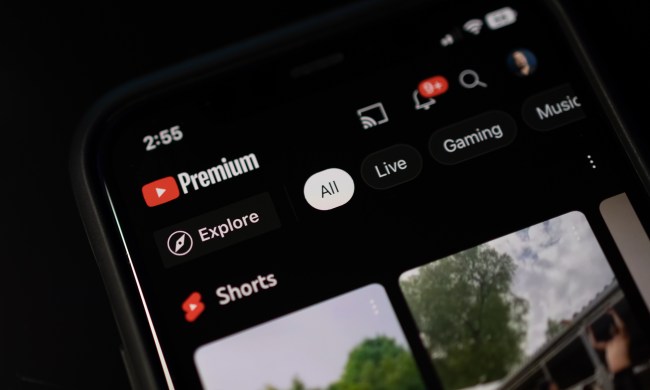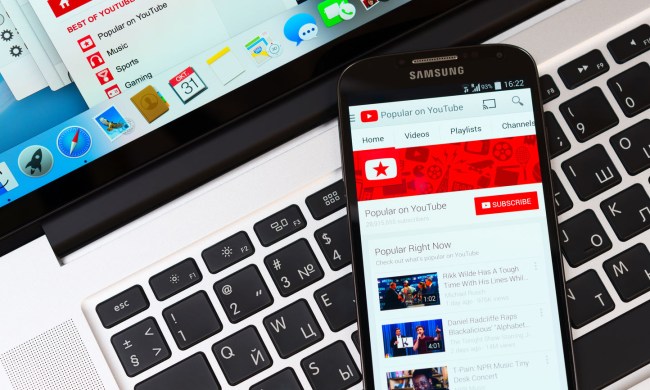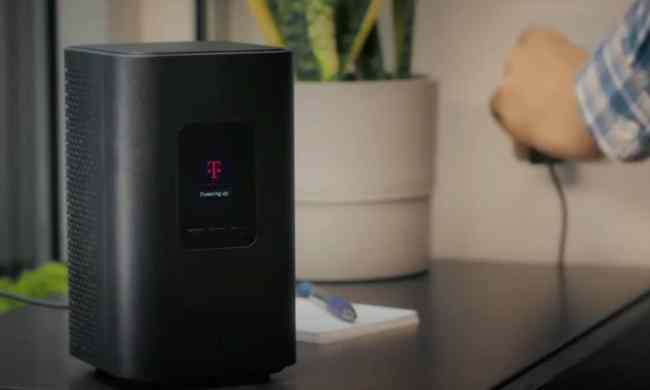
Looking to capitalize on the buzzword-worthiness of anything containing the terms “Internet” and “video,” the world’s leading mobile handset maker Nokia announced it has made a deal with video sharing site YouTube to put YouTube videos on Nokia’s N-series of Internet-enabled mobile devices.
“We are thrilled to be giving users easy access to entertaining YouTube videos anytime and anywhere. By partnering with an industry leader like Nokia, we’re able to bring YouTube videos to mobile phone users worldwide,” said YouTube founder and CTO Steve Chen, in a statement.
Under the deal, YouTube videos will be accessible via the Nokia Web Browser with Mini Map by way ot a new YouTube Mobile site, set to be launched soon. Nokia’s N-series devices will also support YouTube-generated RSS feeds via a new Nokia Video Center application, which will enable users to access mobile video, video-on-demand services, and video content side-loaded onto Nokia devices from PCs all from a single application. Nokia Video Center will be available for download for compatible S60 devices, come pre-installed on the Nokia N95, and “be available globally” in markets carrying the N-series devices. “Our cooperation with YouTube paves the way for continued growth for Internet based content distribution. Enabling people to have access to a wide range of videos on their connected multimedia computers offers great potential for this area,” said Torsti Tenhunen, Nokia’s Director for Multimedia. “Also, Nokia Video Center offers content producers and distributors a unique way to lead consumers directly to dynamic video services which can easily be produced and tailored for various interests.”
But for being the world’s largest maker of mobile handsets, Nokia faces an interesting conundrum: they’re only number four in the U.S., and actually say their sales in the United States decline by almost 40 percent between 2005 and 2006. Nokia is looking to carve itself a bigger niche of the U.S. market by customizing products at its San Diego R&D facility, outsourcing CDMA manufacturing to other makers, and pacting with Sprint to roll out WiMax infrastructure. But it’s had trouble getting U.S. GSM carriers Cingular and T-Mobile to embrace its N-series Internet-enabled devices.
But the company is still plunging ahead with its Internet-savvy mobile handsets, this time targetting business users with a new E-series of phones&mdahsh;however, there’s no word on when (or if) any of these devices will be available in the North American market. The E61i will be an upgrade to the existing E61 PDA, and is a slab-style Symbian 60 phone with a QWERTY keypad, 3G and Wi-Fi connectivity, and offers a two megapixel camera plus music and vide playing capabilities. Cingular carries a Wi-Fi free version of the E61, so it’s possible they might opt for the E61i.
The new Nokia E65 is a Symbian 60 slider phone a two megapixel camera, a 320 by 240 screen, and 3G data access; although it lacks Wi-Fi, Nokia says it has the capability to integrated with many corporate phone and email systems, making it appealing to enterprises and large organizations.
Meanwhile, at the top of the heap is the Nokia E90 Communicator, sporting a fold-open design which makes the device look like a laptop computer one might find in a dollhouse. But it E90 isn’t a toy, packing a 3.2 megapixel camera (and a second camera for video conferencing, 3G HSDPA mobile broadband, Wi-Fi, and a huge 800 by 352 LCD display which is capable of presenting many Web pages without any horizontal scrolling. The E90 is a Symbian 60 device (opening it up to S60 applications), integrates GPS and mapping functions, and includes an FM radio and music/video playback capabilities.
NOkia says the E65 is already available in selected markets, with greater available throughout the first quarter of 2007. The E61i will land during the second quarter at an unsubsidized price of €400, while the E90 should hit around the same time for about €750 to 800. Again, no word on the North American availability of any of these devices (or their misshapen step-children).


